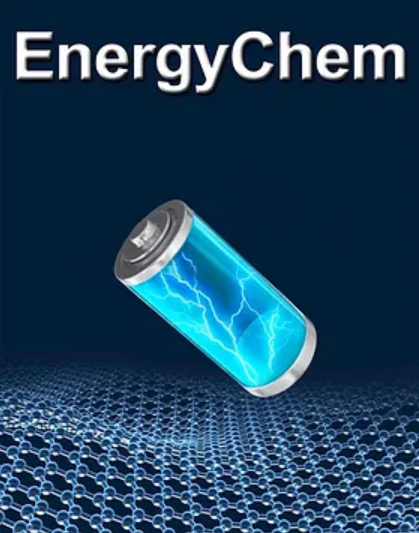Nanostructured Transition Metal Nitrides as Emerging Electrocatalysts for Water Electrolysis: Status and Challenges
Abstract
Water electrolysis has aroused extensive research efforts due to its potential applications of sewage disposal, microorganism treatment and direct electrolysis for large-scale hydrogen production. At this background, transition metal nitrides (TMNs) have raised lots of attention, because their physical properties are similar to those of metallic elements and TMNs have unique electron orbital structures. The inner nitrogens can increase the electron density of d-bands of transition metals, so that the electronic structures of TMNs are similar with some precious metals, whose density of states can cross the Fermi level. Therefore, TMNs have similar conductivities with metals and possess superior electrocatalytic performance. Nanostructured TMNs tend to have relatively large dispersion and more exposed active sites, which have direct improvement for catalytic activity and stability as electrochemical catalysts. This review summarizes the representative progress of TMNs based catalysts on both synthetic strategies of structural engineering and electronic engineering for improving electrocatalytic performance, especially in hydrogen evolution, oxygen evolution and water splitting. Finally, we further propose the future challenges and research directions of nanostructured TMNs in the electrochemical energy fields of efficient preparations and performance enhancements.

 求助内容:
求助内容: 应助结果提醒方式:
应助结果提醒方式:


